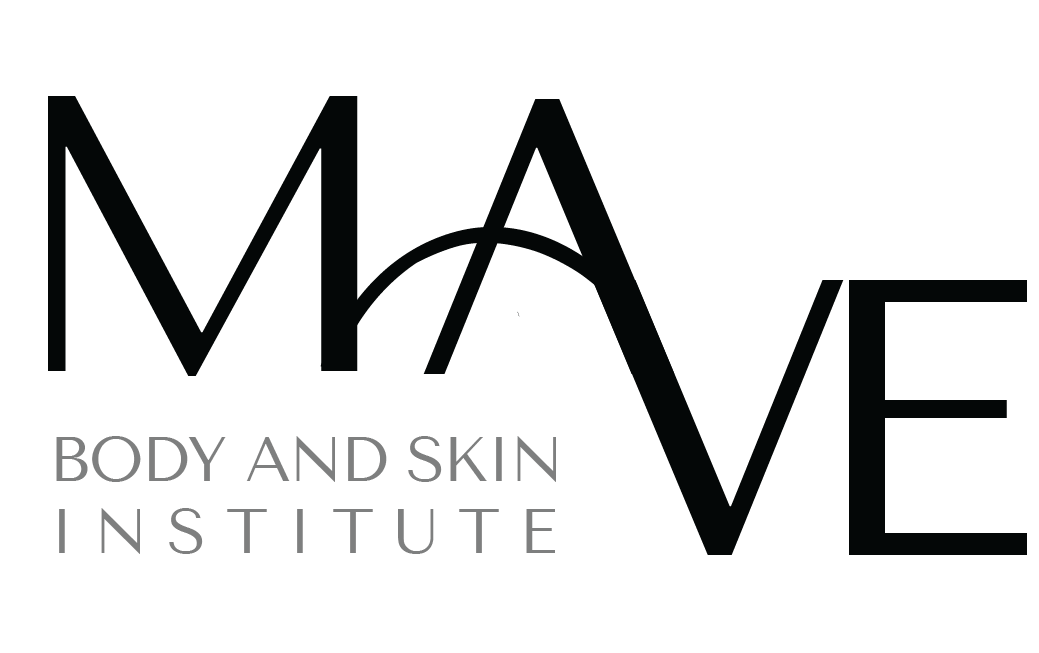Otoplasty, also known as ear surgery or ear pinning, is a surgical procedure designed to reshape or reposition the ears for a more balanced and aesthetically pleasing appearance. It can address a variety of concerns, including protruding ears, asymmetry, or misshapen ears caused by congenital defects or trauma.
Good candidates for otoplasty are individuals who are bothered by the appearance of their ears and desire to improve their overall facial harmony and confidence. Ideal candidates should be in good overall health and have realistic expectations about the outcome of the procedure. Otoplasty is commonly performed on children as well as adults.
During an otoplasty procedure, our plastic surgeon will make discreet incisions behind the ears to access the cartilage. Depending on the individual's needs, the cartilage may be reshaped, repositioned, or reduced to achieve the desired ear contour. In cases of protruding ears, the ears may be pinned back closer to the head. The incisions are carefully closed, and any necessary sutures are placed.
While incisions are necessary for otoplasty, our plastic surgeon takes care to place them in discreet locations behind the ears to minimize their visibility. Over time, scars typically fade and become less noticeable, especially with proper scar management techniques. Most patients find that the improved appearance of their ears outweighs the presence of scars.
Recovery from otoplasty is usually relatively quick and straightforward. Patients may experience some mild discomfort, swelling, and bruising in the ears, which can be managed with medication and cold compresses. Most individuals are able to resume normal activities within a week, but activities that may put pressure on the ears should be avoided for several weeks.
The results of otoplasty are permanent, although factors such as aging and trauma can affect the appearance of the ears over time. Maintaining a healthy lifestyle and avoiding activities that may cause injury to the ears can help prolong the results of the procedure. Many patients are satisfied with their improved ear contour for many years following surgery.
Like any surgical procedure, otoplasty carries some risks, including infection, bleeding, changes in sensation, asymmetry, and poor wound healing. Our plastic surgeon will thoroughly discuss these risks with you during your consultation and provide you with information on how to minimize the likelihood of complications.
To schedule a consultation for otoplasty, please contact our office to speak with a member of our team. Our plastic surgeon will evaluate your concerns, discuss your goals, and recommend a personalized treatment plan to help you achieve the results you desire.
Before and after photos of otoplasty patients can be viewed in our office during your consultation. These photos can provide you with a better understanding of the potential results of otoplasty and help you make an informed decision about your treatment.
Otoplasty, also known as ear surgery or ear pinning, is a surgical procedure designed to reshape or reposition the ears for a more balanced and aesthetically pleasing appearance. It can address a variety of concerns, including protruding ears, asymmetry, or misshapen ears caused by congenital defects or trauma.
Good candidates for otoplasty are individuals who are bothered by the appearance of their ears and desire to improve their overall facial harmony and confidence. Ideal candidates should be in good overall health and have realistic expectations about the outcome of the procedure. Otoplasty is commonly performed on children as well as adults.
During an otoplasty procedure, our plastic surgeon will make discreet incisions behind the ears to access the cartilage. Depending on the individual's needs, the cartilage may be reshaped, repositioned, or reduced to achieve the desired ear contour. In cases of protruding ears, the ears may be pinned back closer to the head. The incisions are carefully closed, and any necessary sutures are placed.
While incisions are necessary for otoplasty, our plastic surgeon takes care to place them in discreet locations behind the ears to minimize their visibility. Over time, scars typically fade and become less noticeable, especially with proper scar management techniques. Most patients find that the improved appearance of their ears outweighs the presence of scars.
Recovery from otoplasty is usually relatively quick and straightforward. Patients may experience some mild discomfort, swelling, and bruising in the ears, which can be managed with medication and cold compresses. Most individuals are able to resume normal activities within a week, but activities that may put pressure on the ears should be avoided for several weeks.
The results of otoplasty are permanent, although factors such as aging and trauma can affect the appearance of the ears over time. Maintaining a healthy lifestyle and avoiding activities that may cause injury to the ears can help prolong the results of the procedure. Many patients are satisfied with their improved ear contour for many years following surgery.
Like any surgical procedure, otoplasty carries some risks, including infection, bleeding, changes in sensation, asymmetry, and poor wound healing. Our plastic surgeon will thoroughly discuss these risks with you during your consultation and provide you with information on how to minimize the likelihood of complications.
To schedule a consultation for otoplasty, please contact our office to speak with a member of our team. Our plastic surgeon will evaluate your concerns, discuss your goals, and recommend a personalized treatment plan to help you achieve the results you desire.
Before and after photos of otoplasty patients can be viewed in our office during your consultation. These photos can provide you with a better understanding of the potential results of otoplasty and help you make an informed decision about your treatment.

